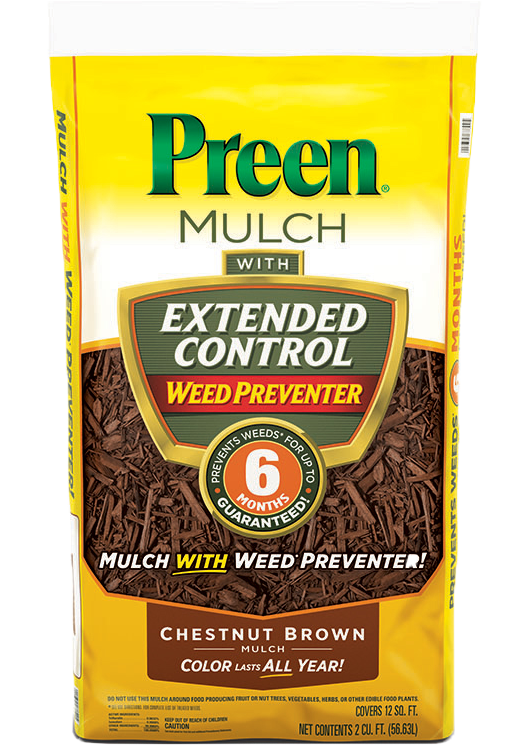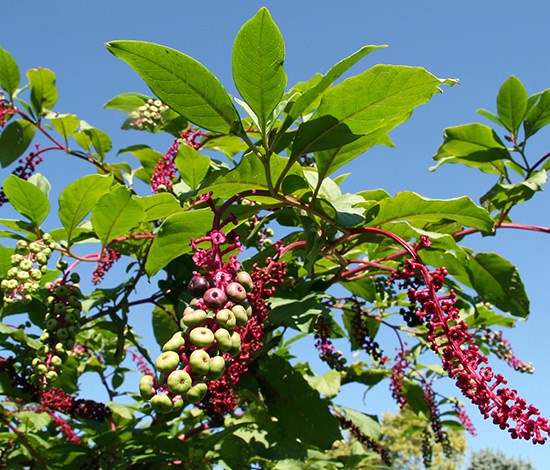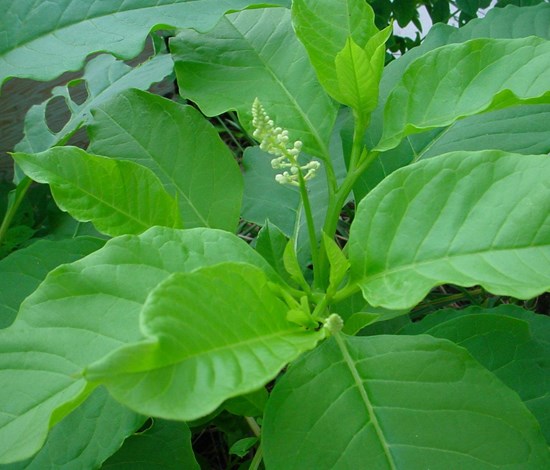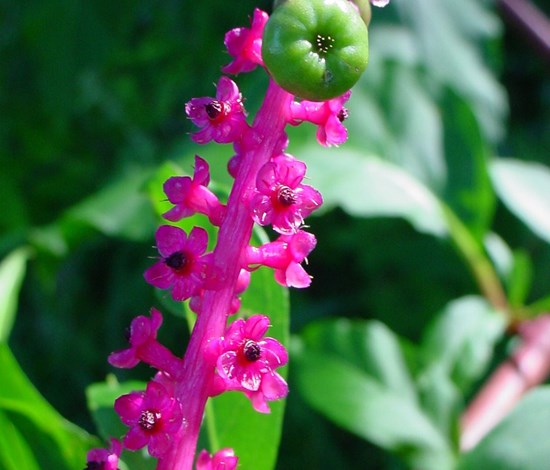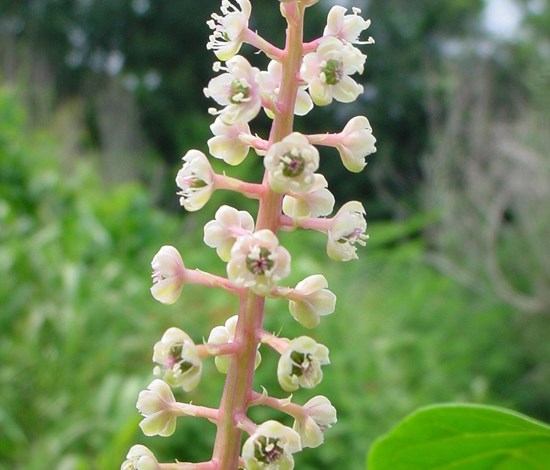pokeweed
Phytolacca americana
Weed Characteristics
Other Names: inkberry, pigeonberry, pokeberry, common pokeweed, phytolaque d'Amerique, American pokeweed, poke, Virginia poke
Leaf Type: Broadleaf
Flowers: White, pink, green
Leaves: Ovate leaves with smooth edges; no hair
Life Cycle: Perennial
Large, egg-shaped leaves are smooth and shiny. New growth and stems are reddish. Fruits are purple and berry-like, arranged in clusters on long, arching stems. Large fleshy taproot. Can grow up to 10 ft tall. All parts are toxic. Dried plants often stand all winter.
Products That Control This Weed
For Lawns
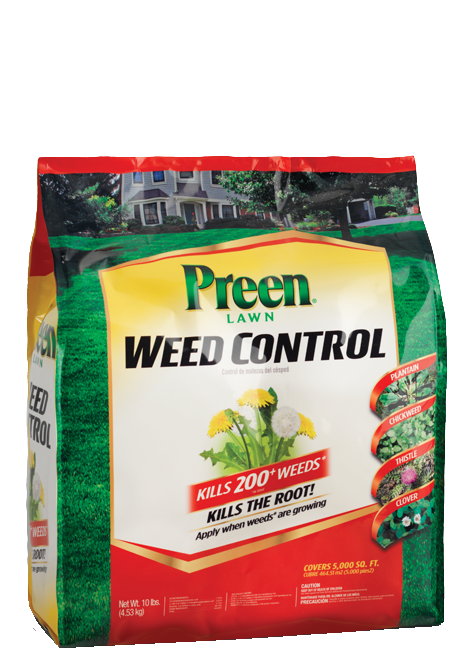
Preen Lawn Weed Control
Get DetailsFor Lawns
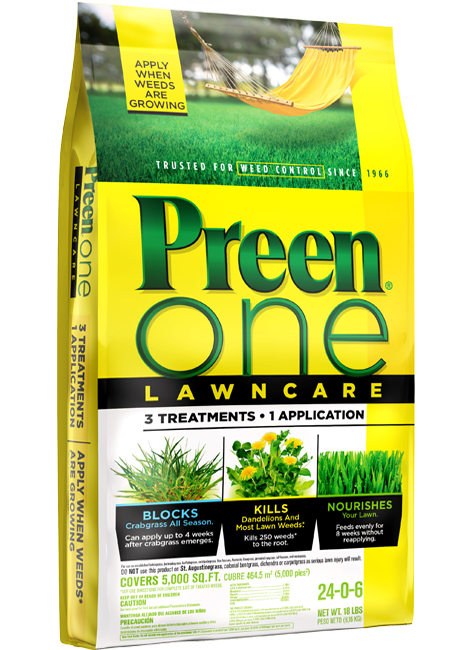
Preen One Lawncare
Get DetailsFor Gardens
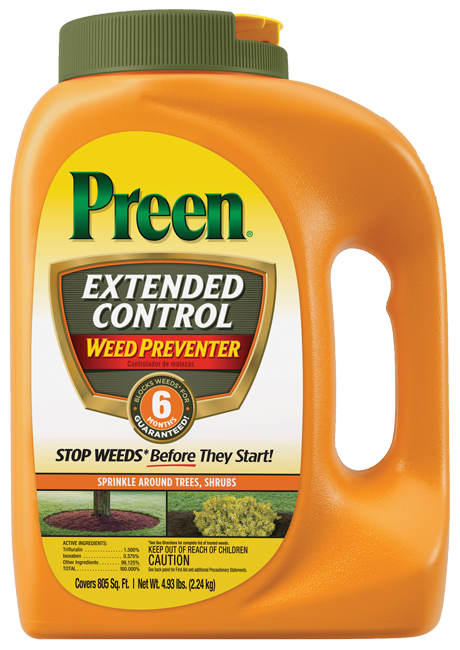
Preen Extended Control Weed Preventer
Get DetailsFor Gardens
